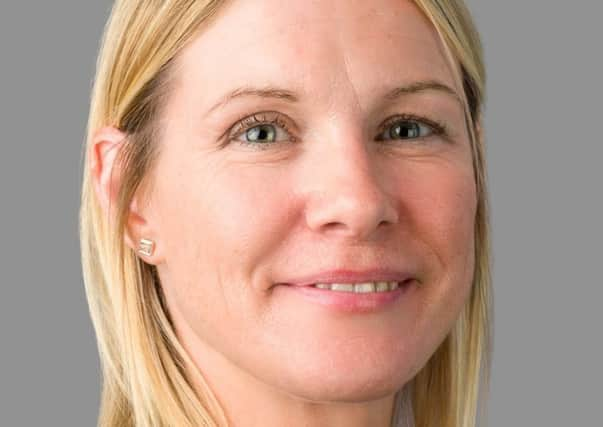Joanne Matthews: Healthy safety first attitude is improving patient outcomes


Since its launch in 2008, the programme has expanded to support improvements in safety across a wide range of care settings and themes including acute and primary care, mental health, medicines, maternity, neonatal and paediatric services, all of which have been underpinned by the robust application of quality improvement methodology to bring about significant change in outcomes across Scotland.
Central to these improvements has been the relentless focus on the programme’s overall aim to improve the safety and reliability of care, reducing harm whenever care is delivered.
Advertisement
Hide AdAdvertisement
Hide AdFrom patients and families, front line teams, the SPSP programme managers and board executive sponsors to our SPSP national team within Healthcare Improvement Scotland’s ihub, this truly is a nationwide safety movement which continues to improve the quality of care each day.
A decade of dedicated effort and collaboration at all levels of the system to support a culture of safety and learning is evident through the sustained improvements being reported across the country – for example, a 21 per cent reduction in mortality from sepsis since 2012, a 26 per cent reduction in the cardiac arrest rate in hospitals 2013 and a 24 per cent per cent reduction in the most severe pressure ulcers since 2015.
SPSP has also contributed to a 22.6 per cent reduction in the rate of stillbirths since 2013, a 9.2 per cent reduction in hospital mortality rates since 2014 and an 89 per cent reduction in paediatric ventilator associated pneumonia to date.
Yet this is only a small glimpse of the improvements that have been made and in truth, impressive as they are, they tell only part of the story. In our experience improving safety has resulted in improvements in many more aspects of quality.
The 24 per cent drop in pressure ulcers is the equivalent to 46 fewer pressure ulcers a month. In reality that means fewer patients in hospitals experiencing the pain and discomfort caused by this key harm and their length of stay is not extended because of the requirement for additional treatment, which results in the avoidance of associated costs of approximately £184,000 per month (if all were a Grade 2 pressure ulcer).
The continued adaption of the SPSP offer to meet the needs of people and services within the evolving health, and now social care, context reflects the continued commitment to safety both locally and nationally.
In 2008, it was not envisaged that we would have safety improvement programmes in dental practices and in care homes, but we now do. SPSP is now embedded within Healthcare Improvement Scotland’s improvement hub (ihub) supporting improvements across NHS boards and the new integration authorities.
As head of improvement and safety at Healthcare Improvement Scotland, I’m extremely proud that the dedicated effort and collaboration at all levels of the health and social care system has resulted in the sustained improvements reported across the country. The success of the SPSP is the envy of many countries across the globe and I’m delighted that so many healthcare organisations have shown such interest in our work.
Advertisement
Hide AdAdvertisement
Hide AdAs we start to consider what next for SPSP, it is important to reflect on the achievements so far, using the learning to inform our future approaches but l believe the aim of improving the safety and reliability of care, reducing harm whenever care is delivered will remain true to all involved.
For more information visit http://www.scottishpatientsafetyprogramme.scot.nhs.uk/ or follow us on twitter @ihubscot
Joanne Matthews, head of improvement and safety, Healthcare Improvement Scotland.